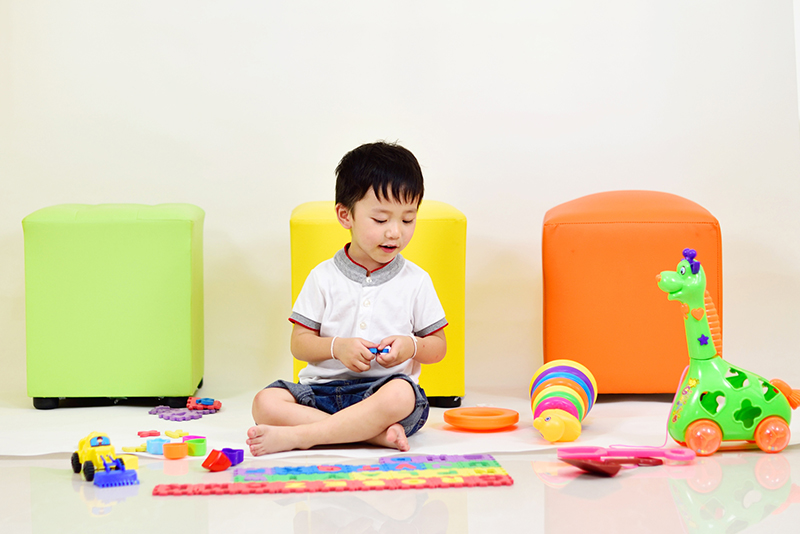Families For Life | Helping Children Make Transitions Between Activities-Toddlers

Children don’t always find it easy to make transitions between activities. Sometimes they’re absorbed in what they’re doing and don’t want to stop. But at certain times of the day, they need to change activities. Here’s how to make it easier for them – and you!
Planning transitions: tips
The key is to set up a predictable family routine. This is likely to help with transitions that happen every day. Children can accept change better when they know it’s coming.
Here are some tips:
Explain what’s happening to your child before you start the day or leave the house. Knowing what to expect will help stop children – especially older children – from having unrealistic expectations.
Use a family calendar that shows what different family members are doing each day. You could use a calendar with pictures for younger children.
Find ways to help your child start changing activities. For example, ‘Let me help you get your bag packed before we go to school’.
Consider whether you need to teach your child a new skill to help him with transitions. For example, you might need to teach your child to tie his shoelaces if he needs to put on his shoes before going to the park.
Timing transitions: tips
Transitions are a part of every child’s day. Timing them right can make it easier for your child to change from one thing to another:
Choose your timing. If you can, stop one thing and start another during a natural break in your child’s activity. If you’re sensitive to what your child is doing, it can make transitions easier for you both.
Try to avoid quick changes in activity. Give your child some warning about any change of activity coming up. For example, ‘Jun Jie, you have five more minutes to play. Then it will be time to go home’.
If your child finds transitions particularly challenging, consider building more time into each activity. This gives your child extra time to make the change and adjust.
Giving choices about transitions
You can’t always give your child a choice about stopping one activity and starting another. But sometimes you can give her a choice about other things. Here are some ideas:
Avoid giving your child a choice about a transition if there isn’t really a choice. For example, when you say, ‘Siti, would you like to pack up those toys now?’ you suggest a choice. Instead you could say, ‘Siti, you can start packing up those toys now’.
Give your child a choice about other things that are part of the transition. For example, ‘Raj, we have to go to the car in a minute. You can take one toy with you. Which one will it be?
Highlighting the upside of transitions
Pointing out the positive side of the transition can direct your child’s attention away from the change and onto something that he likes or is happy about:
See whether you can make transitions fun. For example, ‘Can you march like a soldier to the car?’ or ‘How about we play “I spy” on the trip home?’
Point out any good things your child can look forward to after the transition. For example, ‘If we leave now, we’ll have time to pick up a DVD to watch tonight’.
Praise your child for handling transitions well. Emphasise how good it is when you both work together as a team.
Troubleshooting transitions
It’s OK if your child is disappointed about having to stop. That’s natural. You can encourage your child to use words to express feelings of disappointment.
But if your child plays up or throws a tantrum, be careful not to accidentally reward that behaviour by giving her more time on the activity. You can be understanding, but also clear and firm. Gently insist that your child does what you ask.
© raisingchildren.net.au, translated and adapted with permission
Explore more